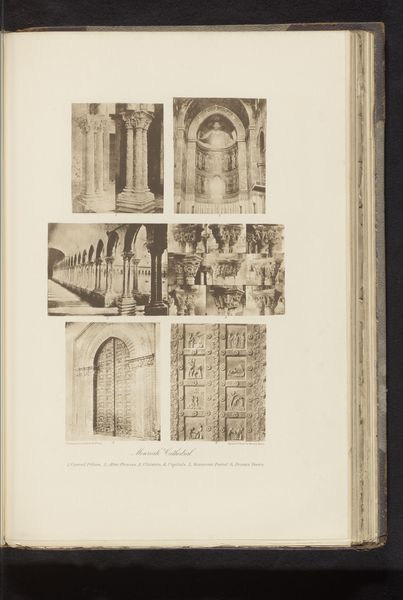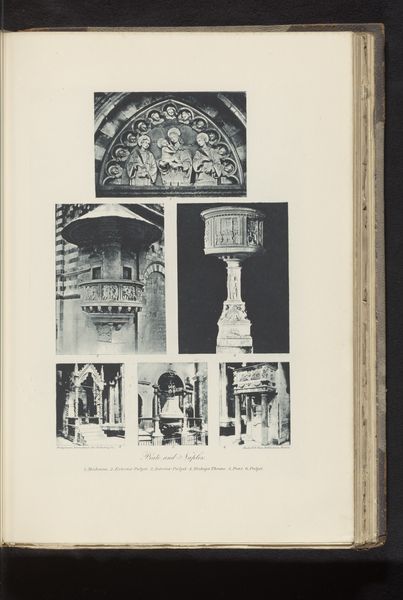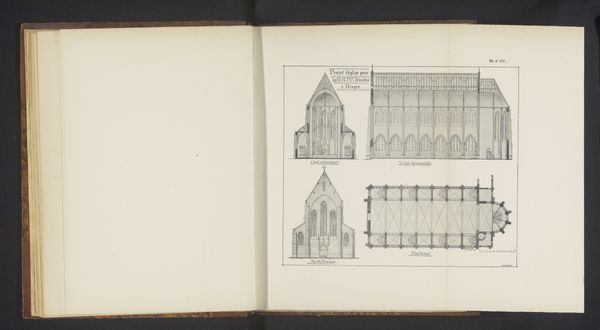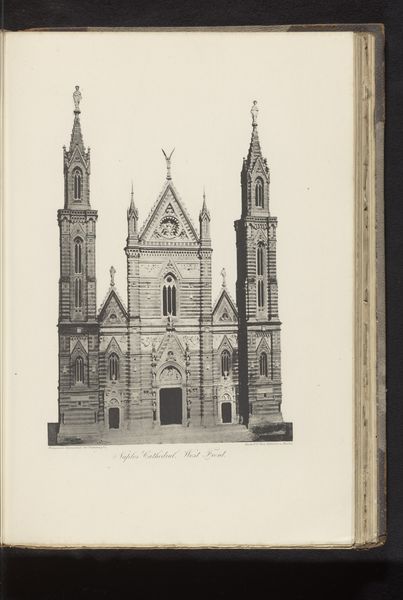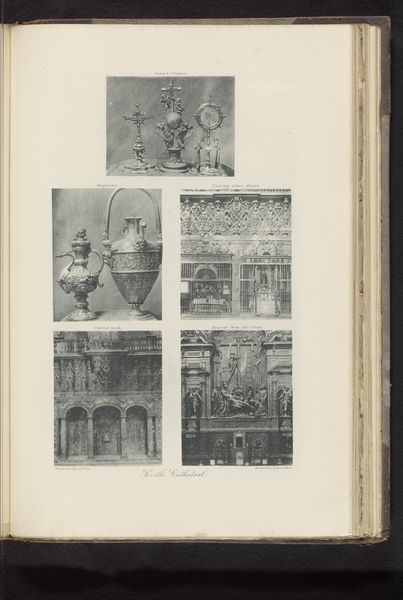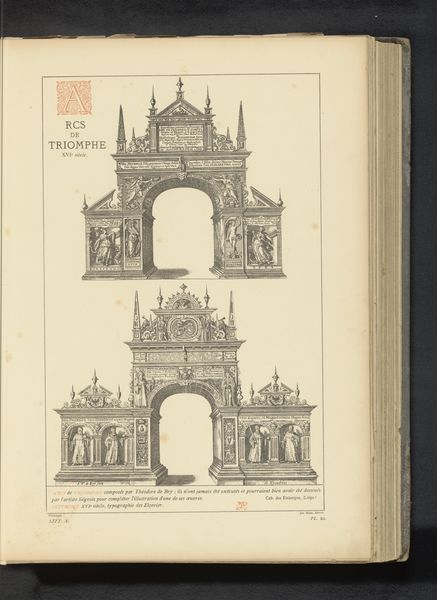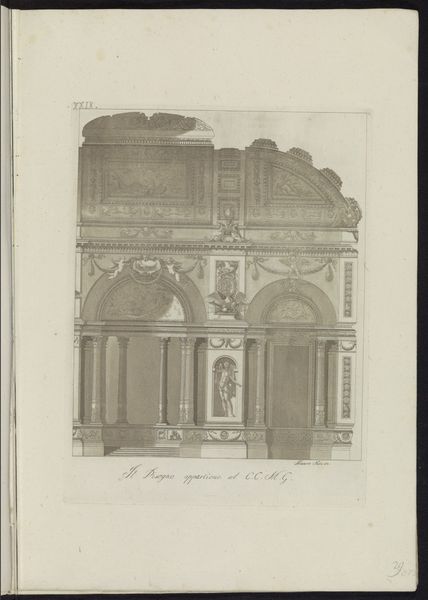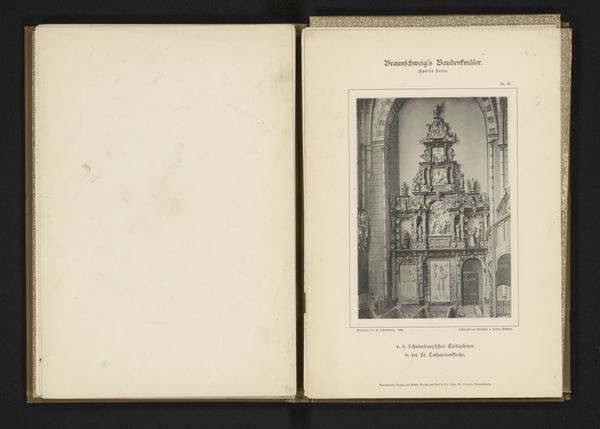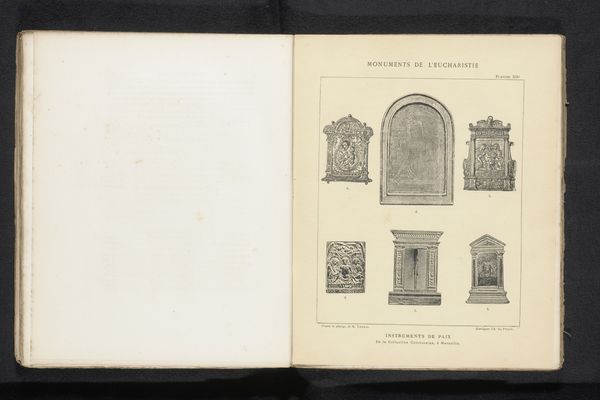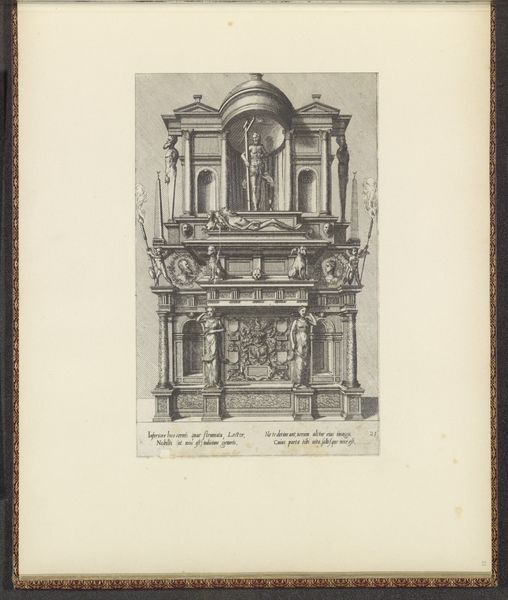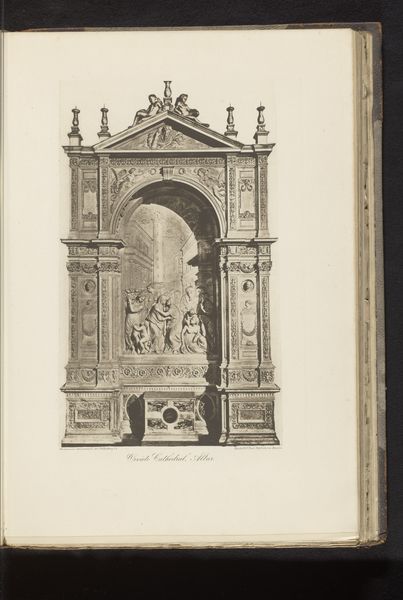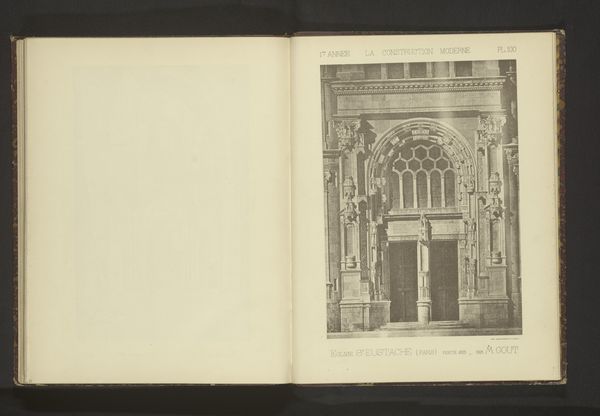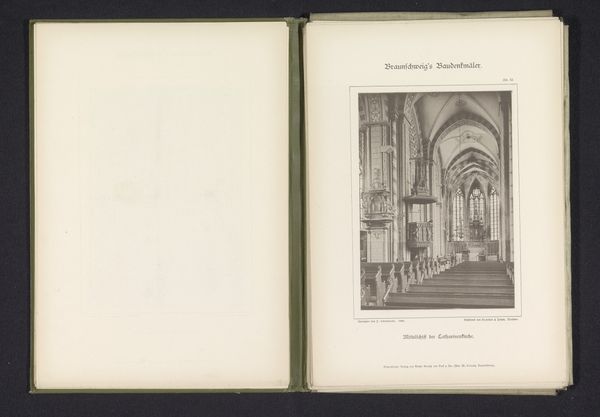
drawing, print, engraving, architecture
#
drawing
#
medieval
# print
#
geometric
#
line
#
cityscape
#
italian-renaissance
#
engraving
#
architecture
Dimensions: height 301 mm, width 192 mm
Copyright: Rijks Museum: Open Domain
Editor: Here we have "Zeven details van de kathedraal van Orvieto en Siena," made before 1886 by an anonymous artist. It seems to be an engraving or print depicting architectural details. It feels very precise and documentarian. What's your take on this piece, looking at it through a historical lens? Curator: Well, seeing this immediately makes me think about the role of architectural drawings and prints in shaping our understanding of history. Before photography became commonplace, these kinds of engravings were how people visualized distant places and architectural marvels. They served as both documentation and a form of cultural exchange. Consider the distribution networks – who was seeing these prints and what kind of ideas about Italian architecture and civic identity were they forming? Editor: So, this isn't just a picture; it’s participating in a conversation about these cities and their power? Curator: Exactly. And notice the emphasis on specific details. The artist meticulously renders different sections of the cathedrals. Why select these particular elements? What message about craft and perhaps civic pride is being constructed through this careful selection? Was it intended for scholarly or a more public, propagandistic, consumption? Editor: It almost feels like a catalogue. But then you think about who would even have access to something like this, pre-photography. Curator: Precisely. The act of commissioning, producing, and disseminating prints like these were embedded within very particular socio-economic structures. The print isn't just documentation, it's also a carefully crafted piece of visual rhetoric, one that begs us to think about its intended audiences. What did they know about Orvieto and Siena, and how did prints like this shape their understanding of those cities and Italian identity? Editor: That’s a fascinating way to look at what I initially thought was just a technical drawing. Thinking about the social life of the image opens up a whole new world. Curator: Indeed! These prints remind us that seeing has always been a historically and culturally mediated activity, that is so tied to its role, intention and function to specific socio-political contexts.
Comments
No comments
Be the first to comment and join the conversation on the ultimate creative platform.
